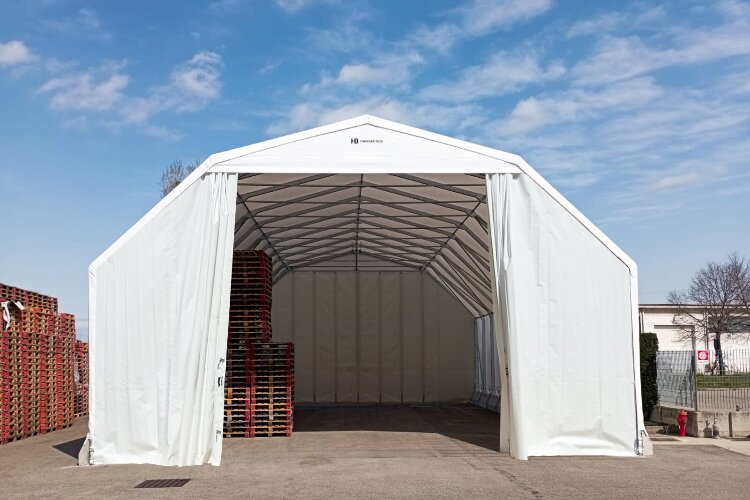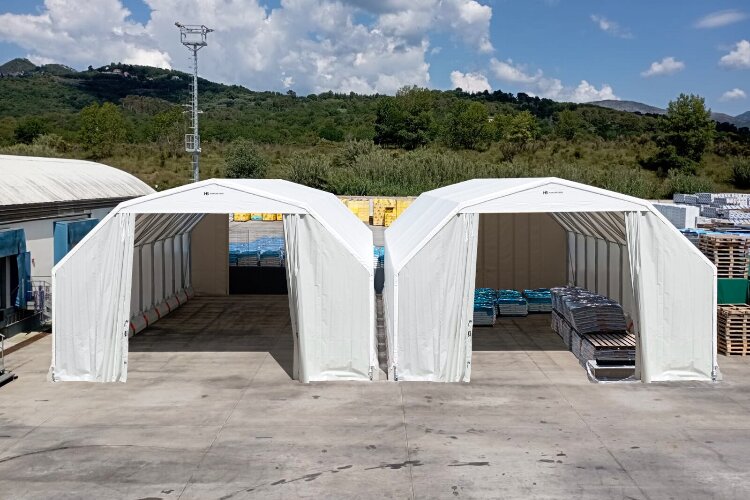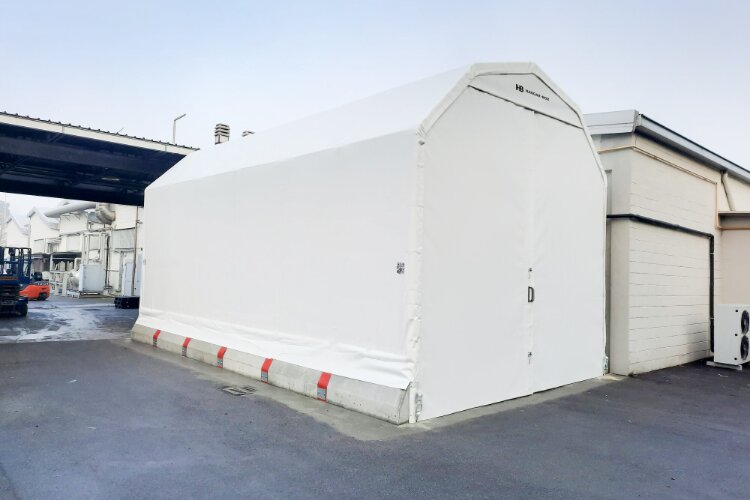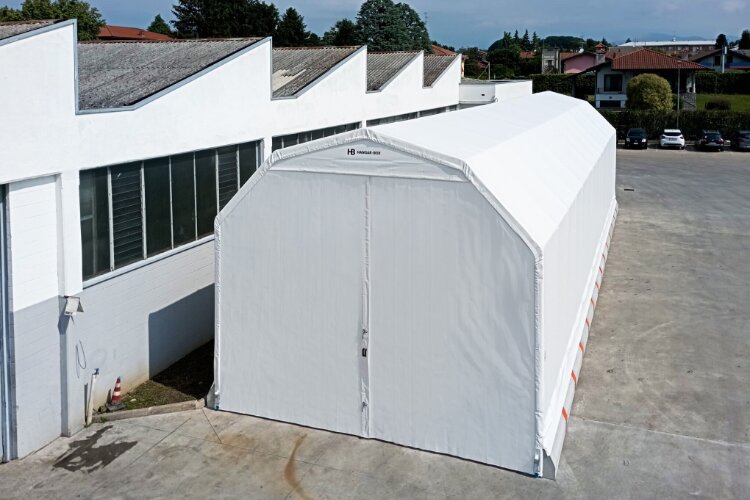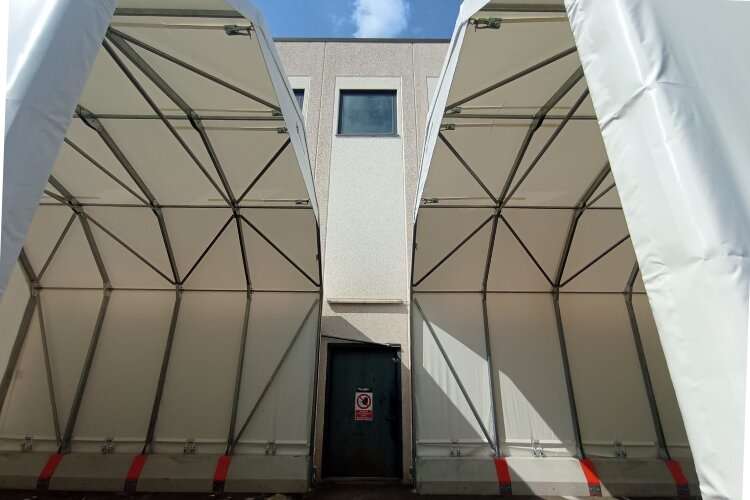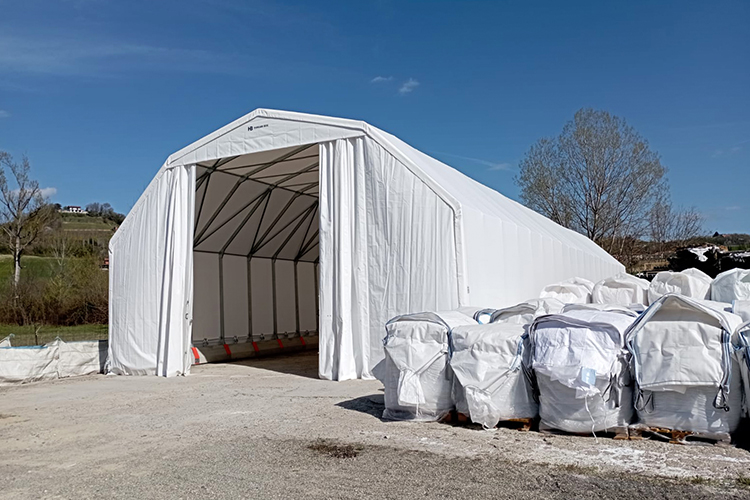Il più venduto
⭐⭐⭐⭐⭐Premio tendostruttura facile 2023

HANGAR-BOX® è il tunnel mobile per lo stoccaggio di merci ed attrezzature.
- Nessuna opera muraria
- Posizionabile su qualsiasi suolo
- Amovibile e riposizionabile
HANGAR-BOX® è in pronta consegna, installabile subito con poca burocrazia.
✅ Disponibilità immediata
98/100 valutato da 900 clienti
*I nostri prodotti sono progettati specificamente per essere semplici da montare in modo che tu possa farlo facilmente da solo.

HANGAR-BOX®, merce asciutta e ordinata.
DOCUMENTAZIONE PRODOTTO
Configura ora il tuo HANGAR-BOX®

SCANSIONA il QR code con la fotocamera del cellulare o del tablet

SCARICA L’APP e posiziona HANGAR-BOX®
Risposte del Progettista
Quali permessi servono per i capannoni amovibili HANGAR-BOX®?
Per le strutture professionali HANGAR-BOX® semplicemente appoggiate al suolo e che hanno una funzione temporanea (ad esempio: assenza di spazio coperto necessario a gestire una commessa o picchi produttivi che durano 5 anni) non servono permessi di costruire.
Spesso chiamare erroneamente “capannoni” questi depositi temporanei innesca nel tecnico comunale lo stesso iter di un capannone in cemento armato.
Il suggerimento è di utilizzare il tendone amovibile motivando correttamente la vostra esigenza senza avventurarsi in articolati permessi.
Qual è il parametro dimensionale più corretto per valutare un tunnel mobile? Volume o superficie?
Il parametro corretto per valutare i tunnel mobili è il volume misurato in metri cubi. Gli spazi di stoccaggio sono valutati in funzione del volume perché le altezze interne delle strutture adibite a tale scopo non sono mai uguali.
Un capannone con altezza di 10 m ha il doppio del volume di un capannone con altezza pari a 5 m.
La superficie misurata in metri quadri è invece il parametro di valutazione per gli immobili ad uso abitativo che hanno altezza costante (2,7 m).
Quanto volume ho in più con il tunnel mobile HANGAR-BOX®?
Rispetto a tunnel mobili tradizionali HANGAR-BOX® offre un volume di stoccaggio maggiore del 18%.
* Il dato è valutato su un tunnel mobile largo 10 m ed alto 4,3 m paragonato ad un HANGAR-BOX® XL.
Il tunnel in PVC HANGAR-BOX® è considerato un immobile?
No, è un errore paragonare le coperture in pvc ad immobili come i capannoni prefabbricati in muratura.
Per un capannone telonato, non ha senso intraprendere gli stessi iter burocratici, con le stesse tempistiche, gli stessi oneri professionali, le stesse opere di fondazione di un edificio vero e proprio.
HANGAR-BOX® è una struttura temporanea, amovibile e rimovibile; si può allestire senza l’intervento del muratore. Non compromette il suolo e l’investimento deve essere valutato esclusivamente sui benefici legati al proprio business.
HANGAR-BOX non è un immobile!
Al termine dell’esigenza temporanea può essere rimosso o riposizionato.
E' possibile avere l'HANGAR-BOX® con la forma a casetta?
Siamo abituati a vedere strutture con il tetto a due falde ma l’arco segmentato è la forma geometrica migliore a livello strutturale.
La nuova forma di HANGAR-BOX® esalta robustezza e design degli Hangar per gli aerei, una composizione strutturale intuitiva e maneggevole per un allestimento rapido, tipico delle strutture temporanee.
La più classica forma a due falde limita l’altezza utile centrale mentre la nuova geometria regala un maggior volume interno della tendostruttura, sfruttabile al massimo con gli scaffali industriali della gamma MOVI-BOX®.
Le pareti scorrevoli dell'HANGAR-BOX® sono solo sulle due testate? Posso avere aperture laterali?
La configurazione del capannone temporaneo HANGAR-BOX® prevede l’utilizzo delle due pareti scorrevoli di testata che vanno tenute chiuse per garantire la resistenza al vento di 100 Km/h della tendostruttura.
Le aperture laterali non sono configurabili perché compromettono la stabilità della tendostruttura.
Ogni apertura aggiuntiva ridurrebbe del 25% lo spazio utilizzabile dell’HANGAR-BOX®.
Perché il colore della membrana di rivestimento in pvc dell'HANGAR-BOX® è solo di colore BIANCO?
HANGAR-BOX® è fornito esclusivamente con il tessuto di colore BIANCO perché:
- ha un lento processo di decadimento
- è permeabile alla luce per un ambiente interno molto luminoso
- riflette le radiazioni luminose per un ambiente interno raffrescato
Il bianco è un colore neutro, gradevole in tutti i contesti industriali, artigianali, logistici e commerciali.
Le zavorre B-BLOCK sono sempre incluse nella fornitura?
Sì, le zavorre B-BLOCK sono parte integrante dell’HANGAR-BOX® indispensabili ai fini strutturali, rendono la struttura temporanea, amovibile e riposizionabile.
Eliminano l’intervento del muratore e tutti i costi legati alle opere di fondazione.
Creano una barriera di protezione per la struttura metallica durante la movimentazione delle merci.
Le zavorre B-BLOCK sono utilizzate anche nel MOVI-BOX®, lo scaffale mobile ideato a completamento delle strutture temporanee.
Mai più fondazioni in opera!
Guarda il video e scopri il perchè!
Migliaia di aziende hanno scelto
HANGAR-BOX®!

Ti serve subito una copertura?
Tunnel mobili in pronta consegna
Tante configurazioni di HANGAR-BOX® disponibili a magazzino.
Coperture modulari per coprire ciò che serve quando serve.
Allestisci HANGAR-BOX® dove vuoi.
Amovibile?
Con B-BLOCK sì!
Le zavorre mobili B-BLOCK:
- Azzerano i costi delle opere di fondazione
- Consentono di allestire la copertura su ogni tipologia di suolo
- Garantiscono stabilità
- Proteggono la struttura metallica dagli urti
L’ allestimento su B-BLOCK non compromette il suolo per un facile riposizionamento della tendostruttura industriale.

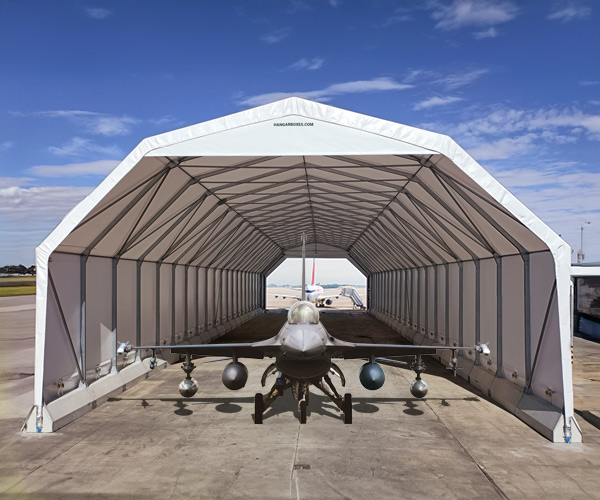
Forma aeronautica dalle prestazioni eccezionali
HANGAR-BOX® nato per durare nel tempo.
- Carico neve 100Kg/mq
- Spinta vento 100 Km/h
L’ inaspettata architettura aeronautica assicura prestazioni oltre ad ogni calcolo.
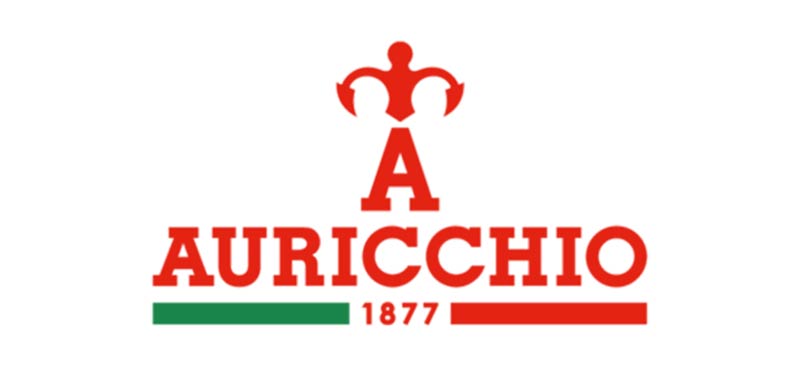




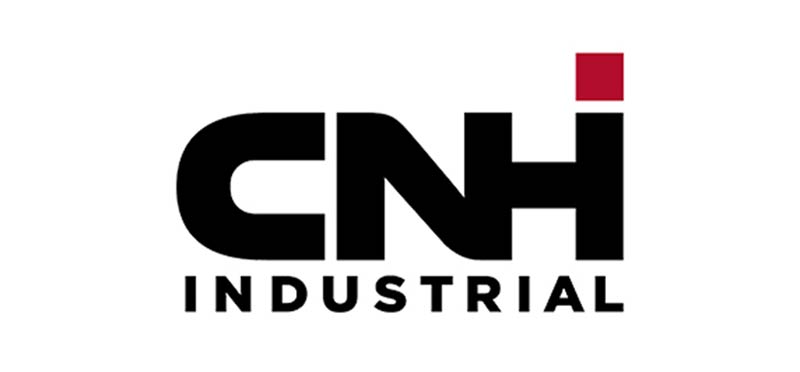




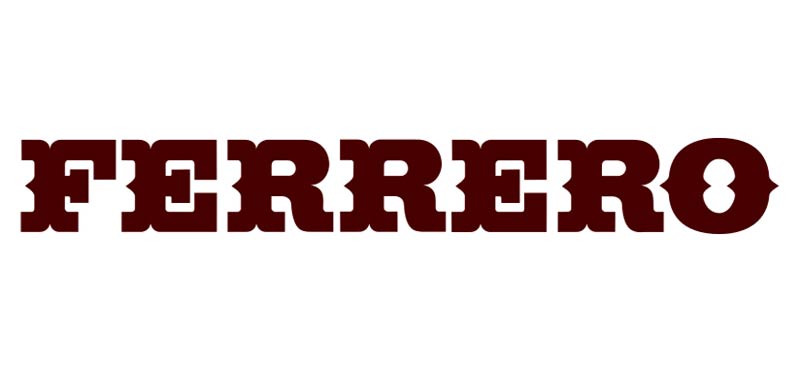
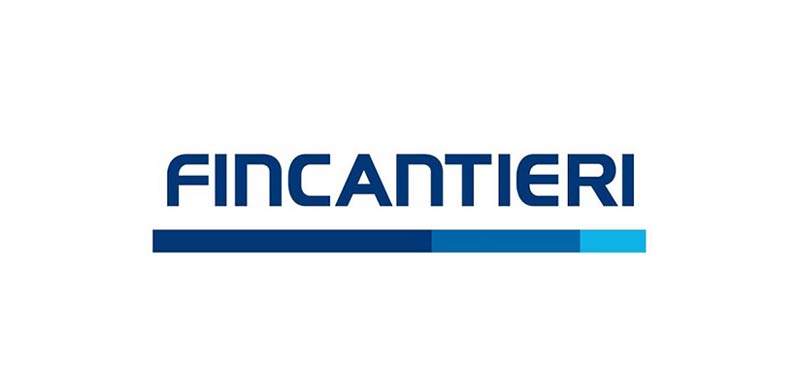


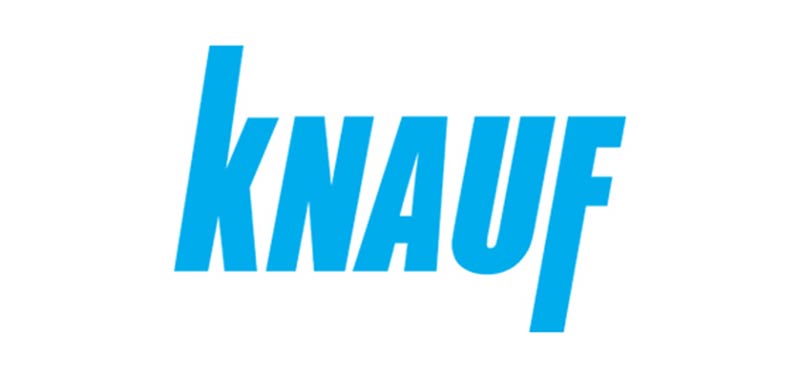
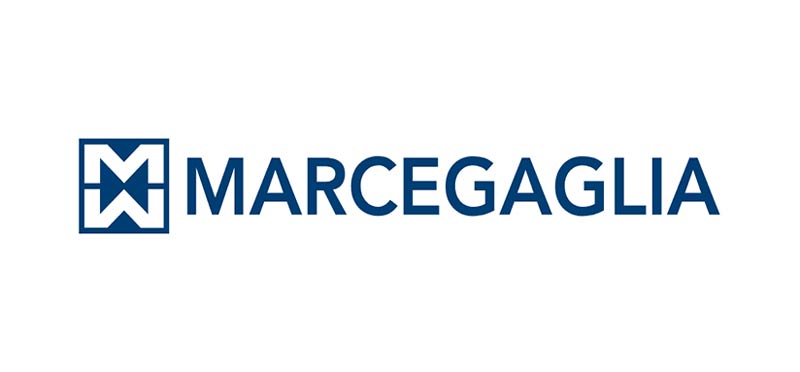



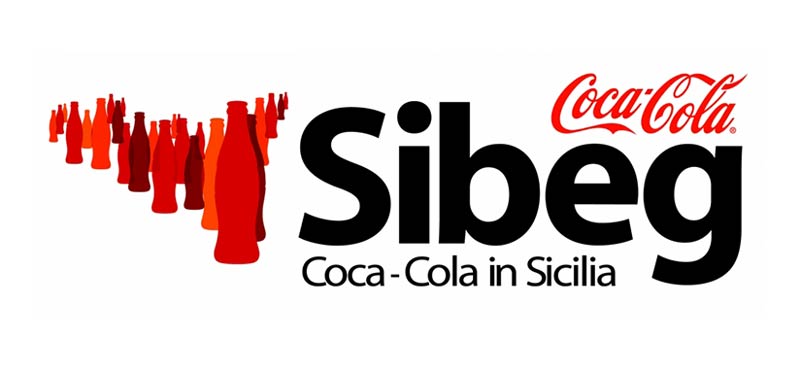


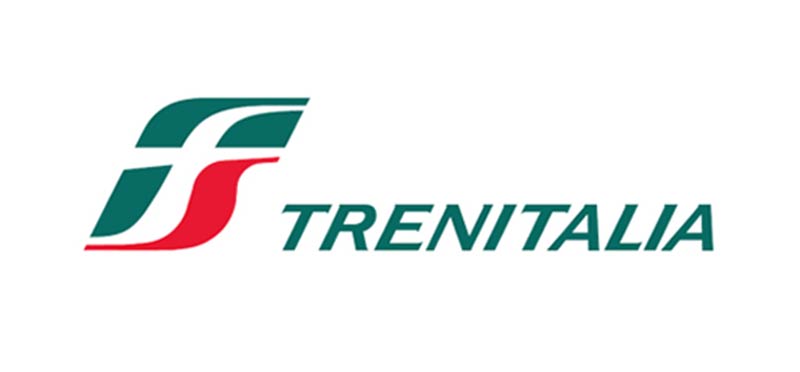

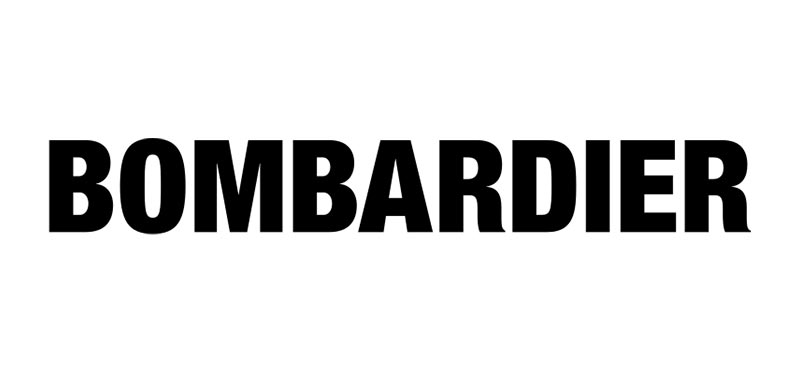


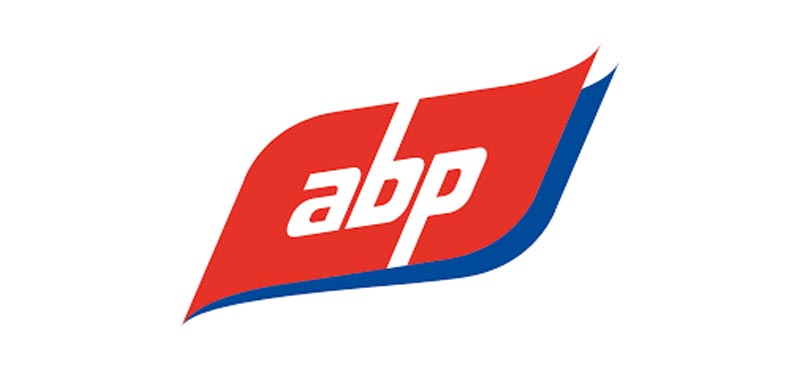
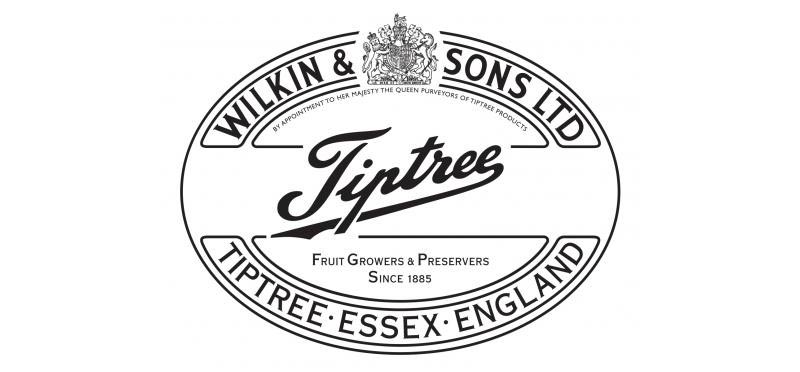
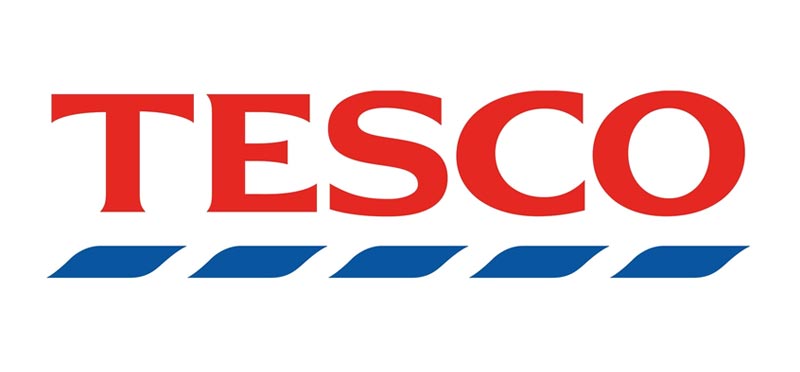
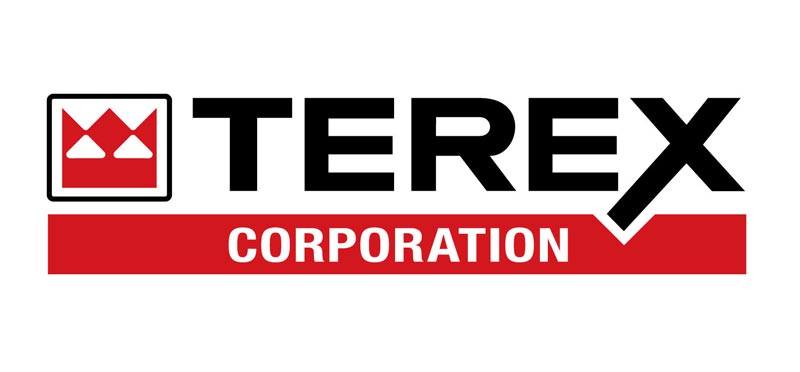



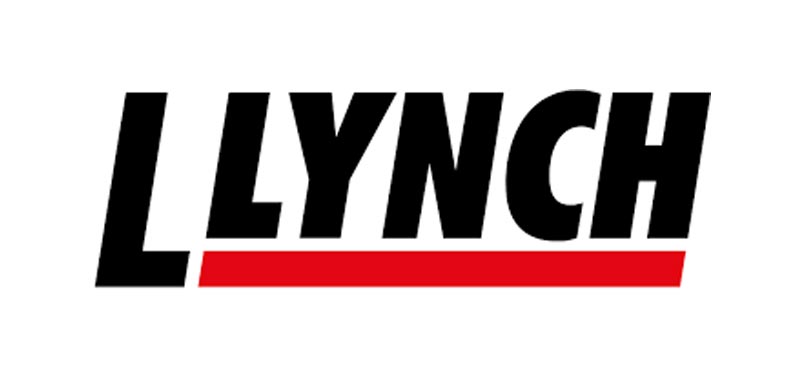

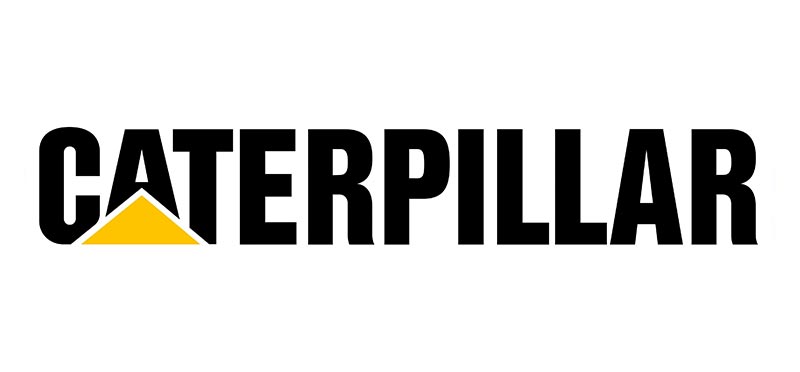

Scopri dove sono i tunnel mobili HANGAR-BOX®
Guarda dove sono state allestite le coperture industriali HANGAR-BOX®.
Le caratteristiche del capannone mobile HANGAR-BOX®
| CONFIGURAZIONE | SPECIFICHE |
|---|---|
| Struttura | In acciaio zincato dotata di giunzioni imbullonate |
| Dimensioni | Larghezza: 6 m (h 5,3 m), 7 m (h 5,6 m), 8 m (h 5,9 m), 9m (h 6,2 m), 10 m (h 6,5 m) Altezza montante: 3,5 m - Profondità modulare: 3 m |
| Copertura | In membrana PVC bianco |
| Pareti Frontali | Scorrevoli manuali in PVC bianco |
| Fissaggio | Su zavorre B-BLOCK |
Produzione ed installazione dei capannoni mobili in pvc
A differenza delle coperture retrattili i capannoni mobili sono strutture amovibili che possono essere smontate in tempi rapidissimi, questi capannoni in pvc sono disponibili in tantissime configurazioni standard.
Il capannone mobile HANGAR-BOX® è sempre disponibile e grazie all’ imballo antipioggia in materiale riciclabile può essere stoccato all’ esterno.
Gli HANGAR-BOX® vengono anche chiamati capannoni a tunnel perché hanno le due testate accessibili dove trovano anche impiego le chiusure industriali come le porte rapide AUTO-FULL® e le porte a battente per il passaggio pedonale.
Tunnel Mobili
I tunnel mobili possono essere installati con estrema facilità su ogni tipologia di suolo, si spostano o rimuovono come i tunnel autoportanti al cessare dell’esigenza temporanea.
Essendo un capannone in telo, il tunnel mobile HANGAR-BOX® nasce per usi temporanei per aumentare rapidamente lo spazio coperto.
Con la sua semplice funzione di tendone industriale, HANGAR-BOX® può essere installato nelle vicinanze di altri fabbricati per realizzare un deposito supplementare.
Se gli spazi tra le coperture industriali esistenti lo permettono, è preferibile posizionare la copertura indipendente HANGAR-BOX® a debita distanza dall’edificio principale per contenere la propagazione di un eventuale incendio. E’ inopportuno collocare una “copertura richiudibile o tettoia richiudibile” a ridosso di altri edifici industriali.
Le coperture mobili su ruote e richiudibili non possono essere compattate e fanno superfice coperta.
La necessità di opere di fondazioni permanenti nel suolo categorizza la copertura su ruote in opere definitive nonostante sia un capannone in telo pvc. Per l’installazione dei capannoni su ruote servono gli stessi permessi dei capannoni in cemento armato. L’unico capannone in telo che può essere considerato amovibile è HANGAR-BOX® per cui sono necessarie autorizzazioni semplificate, il capannone mobile per eccellenza.
In funzione dello spazio che si vuole coprire si può scegliere tra le numerose taglie disponibili di tunnel mobile HANGAR-BOX®. La struttura a forma aeronautica in acciaio è dotata alla base di zavorre amovibili B-BLOCK® ed è rivestita da una membrana in tessuto PVC di colore bianco.
Le testate anteriori e posteriori sono chiuse con pareti scorrevoli ma si possono dotare di porte ad avvolgimento rapido.
Utilizzo di tunnel mobili in pvc
I tunnel in pvc HANGAR-BOX® sono strutture versatili che come molte tendostrutture industriali vengono utilizzate in diversi contesti:
- magazzino temporaneo per materie prime, semilavorati o prodotti finiti.
- ampliamento di spazio di stoccaggio, i tunnel mobili sono la soluzione migliore per materiali ingombranti che possono essere stoccati in spazi inutilizzati;
- area deposito di merci o materiali, i capannoni in telo pvc permettono di coprire il materiale pronto per il carico e le merci in transito;
- area di rimessaggio per macchinari e mezzi di trasporto.
HANGAR-BOX® non è una tensostruttura ma un tunnel mobile utilizzabile ovunque.



